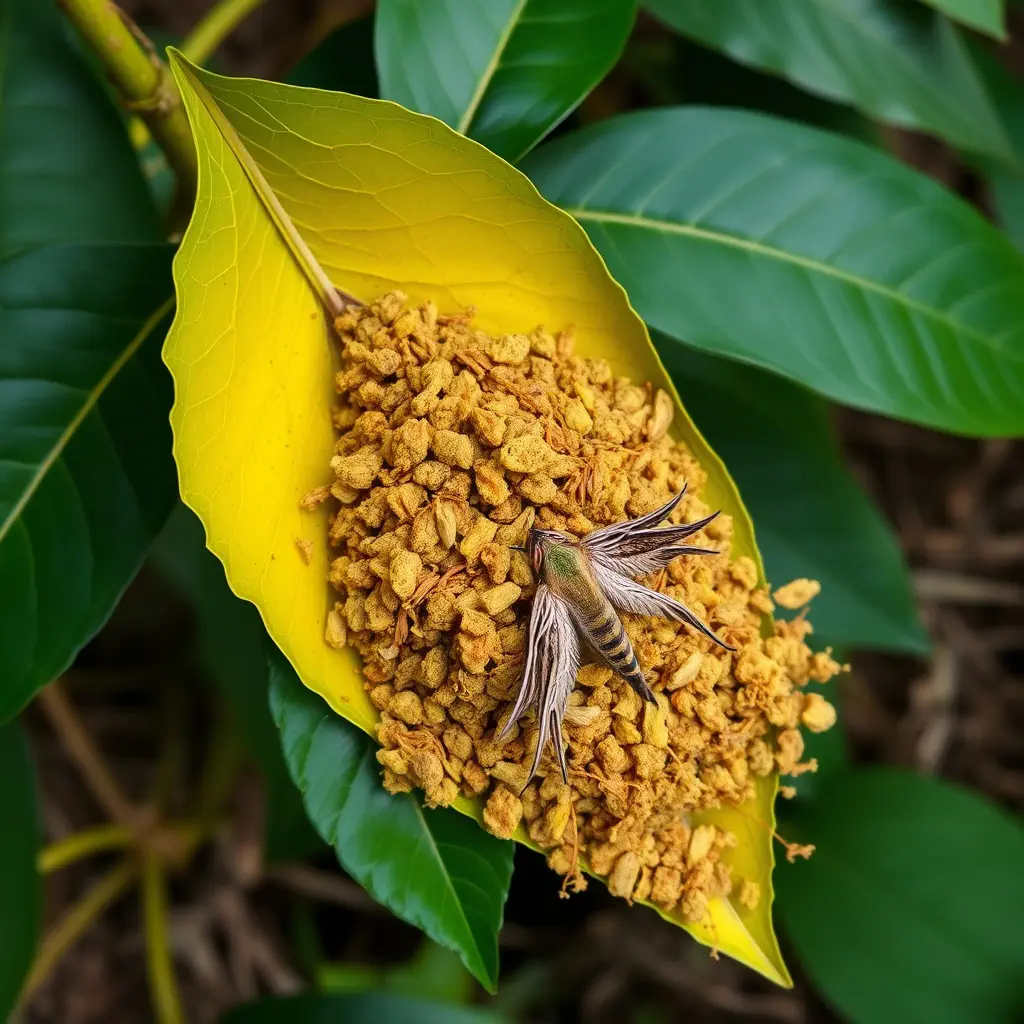Kratom, extracted from the Mitragyna speciosa tree's leaves, has been recognized for its potential to enhance athletic performance by interacting with opioid receptors in the brain to manage pain, mood, and energy. Alkaloids like mitragynine and 7-hydroxymitragynine found in kratom can help athletes maintain stamina, reduce perceived exertion, and sharpen their focus during training and competition. When considering kratom for performance improvement, it's crucial to purchase from reputable suppliers for high-quality products. Athletes should research suppliers, understand local laws, and know the effects of different strains such as Maeng Da and Bali or Red Vein. Safe and effective use of kratom involves proper dosing and selecting authentic products with accurate alkaloid content. It's also essential to consult healthcare professionals due to potential interactions with other substances and individual health factors. Kratom shopping should be approached with caution, as its legal status and side effects need careful consideration within the context of competitive sports. The use of kratom for athletic enhancement is a topic of ongoing research in sports science, highlighting the importance of responsible and informed use.
Exploring the potential of kratom coaching to elevate athletic performance, this article delves into the nuanced science of kratom alkaloids and their historical use among athletes. It navigates the legal landscape and ethical considerations surrounding kratom, offering a comprehensive guide to sourcing high-quality strains for optimal performance enhancement. From energy and endurance to recovery, we’ll examine how strategic kratom intake can be integrated into a robust athletic training regimen, highlighting the importance of personalized dosage planning and the synergy with nutrition and exercise. With a focus on real-world case studies, this article serves as an informative resource for athletes seeking to harness the benefits of kratom coaching while maintaining safety and adhering to performance standards.
- Understanding Kratom and Its Role in Athletic Enhancement
- – The Science Behind Kratom Alkaloids
- – Historical Use of Kratom Among Athletes
Understanding Kratom and Its Role in Athletic Enhancement

Kratom, a mitragynoid derived from the leaves of Mitragyna speciosa, has garnered attention in various sectors, including athletic performance enhancement. This natural substance has been traditionally used in Southeast Asia for its stimulant and sedative properties, which can be harnessed to optimize athletic endeavors when consumed responsibly. Athletes seeking to incorporate kratom into their regimen must first understand its nuanced effects and how it interacts with the body’s systems. Kratom alkaloids, such as mitragynine and 7-hydroxymitragynine, interact with the brain’s opioid receptors, influencing pain perception, mood, and energy levels. This can lead to enhanced athletic performance by potentially increasing stamina, reducing perceived exertion, and improving focus during training and competitions.
When considering kratom for athletic enhancement, it is crucial to approach kratom shopping with caution. The market for kratom products is diverse, and the quality can vary significantly. Athletes should research reputable vendors, understand the legal status of kratom in their jurisdiction, and be aware of the different strains available—each offering unique effects due to varying alkaloid profiles. Strains categorized as stimulating, such as Maeng Da or White Vein, can be beneficial for pre-workout energy and motivation, while more sedating strains like Bali or Red Vein might aid in recovery and relaxation post-exercise. Safe and effective kratom use requires careful dosing and an understanding of the product’s origin and composition to ensure a positive impact on athletic performance without compromising health and safety.
– The Science Behind Kratom Alkaloids

Mitragyna speciosa, commonly known as kratom, has garnered attention in various health and wellness circles for its potential effects on athletic performance optimization. The science behind kratom’s alkaloids, particularly mitragynine and 7-hydroxymitragynine, is a subject of ongoing research. These compounds are believed to interact with the body’s opioid receptors, which can influence pain perception, mood, and energy levels. This interaction may contribute to enhanced stamina and reduced fatigue in athletes, potentially leading to improved athletic performance. When incorporating kratom into a training regimen, it’s crucial to source high-quality products through reputable kratom shopping platforms that ensure purity and potency. These platforms often provide detailed product descriptions, which include information on alkaloid content, origin, and strain type, allowing athletes to make informed decisions about the kratom they consume. It’s important for individuals to consult with healthcare professionals before integrating kratom into their training routines, as it may interact with other medications or have contraindications based on personal health conditions. Understanding the nuances of kratom alkaloids and their effects is essential for athletes seeking to enhance their performance naturally.
– Historical Use of Kratom Among Athletes

The historical use of kratom among athletes is rooted in the traditional practices of Southeast Asia, where the leaves of Mitragyna speciosa have been employed for centuries to enhance endurance and stamina during physically demanding activities. In these regions, local laborers and farmers would chew on kratom leaves or brew them into tea to alleviate fatigue and heighten focus while working in the fields. The alkaloids present in kratom, such as 7-hydroxymitragynine and mitragynine, have been suggested to play a role in this effect. With the globalization of sports and the pursuit of competitive edges, the use of kratom has transcended cultural boundaries. Today, athletes interested in kratom for performance enhancement are turning to kratom shopping options online, where they can source a variety of strains tailored to their specific needs. These strains are believed to influence athletic performance by modulating pain perception, enhancing mood, and potentially reducing recovery time between training sessions. As the popularity of kratom as a supplement for athletes grows, it’s crucial for individuals to approach its use responsibly and within the legal frameworks governing performance enhancement in sports.
Optimizing athletic performance can be a nuanced endeavor, one that often involves a blend of training regimens, nutritional strategies, and sometimes, the judicious use of supplements like kratom. The article has elucidated the science behind kratom’s alkaloids and their potential to enhance athletic capabilities, as well as its historical adoption among athletes seeking an edge. For those interested in incorporating kratom into their training, it is crucial to approach kratom shopping with care, ensuring products are sourced from reputable vendors who provide pure and standardized extracts. By understanding the role of kratom within a holistic performance optimization framework, athletes can make informed decisions that support their goals without compromising their health or well-being. As with any supplement, consultation with healthcare professionals is recommended to align with individual health profiles and regulatory standards.






